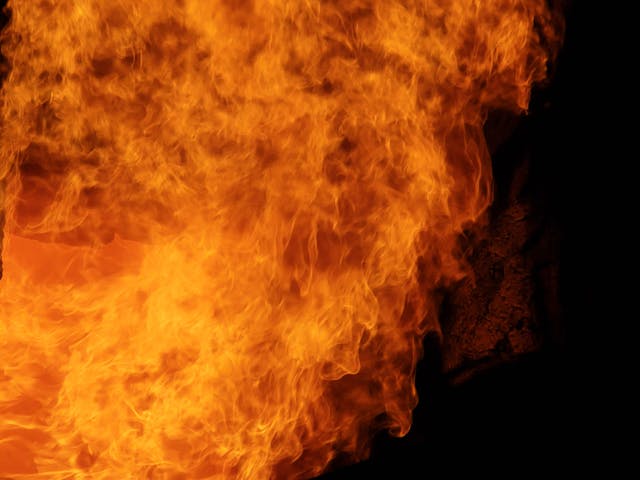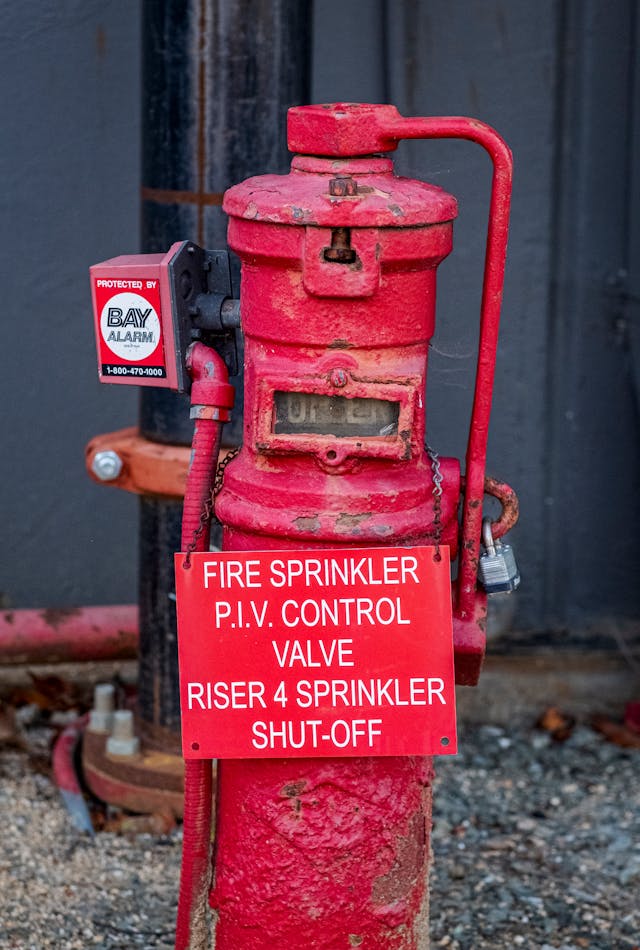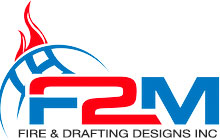The Evolution of Fire Safety Codes For Sprinkler Design
Fire safety codes for sprinkler design have undergone significant changes over the years, influenced by advancements in technology, increased understanding of fire behavior, and lessons learned from past fire incidents. These evolving codes have had a profound impact on fire sprinkler system design, ensuring that buildings are better equipped to protect lives and property. In this blog post, we will explore the evolution of fire safety codes and how they have shaped modern sprinkler design.

Early Fire Safety Regulations
In the early days, fire safety regulations were minimal and often inconsistent. The lack of standardized codes led to varied practices and, in many cases, inadequate fire protection measures. Early fire safety efforts were primarily focused on simple measures like fire escapes and manual fire extinguishers.
Introduction of Standardized Codes
The introduction of standardized fire safety codes marked a significant milestone in fire protection. Organizations such as the National Fire Protection Association (NFPA) in the United States played a pivotal role in developing comprehensive fire safety standards. Key developments included:
- NFPA 13: The standard for the installation of sprinkler systems, first published in 1896, provided detailed guidelines for designing and installing sprinkler systems.
- Building Codes: Integration of fire safety requirements into building codes ensured that fire protection was considered in the overall building design process.
Advancements in Technology
Advancements in technology have continually influenced fire safety codes and sprinkler design. Technological innovations have led to more efficient and effective fire suppression systems. Notable advancements include:
- Automatic Sprinklers: The development of automatic sprinkler systems revolutionized fire protection by providing an immediate response to fire outbreaks.
- Smoke Detectors and Alarms: Integration of smoke detectors and alarms with sprinkler systems enhanced early detection and response capabilities.
- Smart Systems: Modern fire safety codes now incorporate requirements for smart building technology, enabling real-time monitoring and automated responses.
Lessons Learned from Fire Incidents
Significant fire incidents have often prompted revisions to fire safety codes. Tragic events have underscored the importance of stringent fire protection measures and led to the adoption of more robust standards. Examples include:
- The Triangle Shirtwaist Factory Fire (1911): This disaster highlighted the need for improved fire exits and fire escape plans, leading to changes in building and fire codes.
- The MGM Grand Fire (1980): This incident emphasized the importance of automatic sprinkler systems in hotels and casinos, resulting in stricter fire safety regulations for such establishments.
Modern Fire Safety Codes
 Today’s fire safety codes are comprehensive and continuously evolving to address emerging risks and technologies. Key elements of modern codes include:
Today’s fire safety codes are comprehensive and continuously evolving to address emerging risks and technologies. Key elements of modern codes include:
- Performance-Based Design: Modern codes allow for performance-based design approaches, providing flexibility in achieving fire safety objectives.
- Sustainability Considerations: Fire safety codes now include provisions for environmentally friendly fire protection solutions, such as water-efficient sprinkler systems.
- Integration with Building Management Systems: Requirements for integration with smart building management systems ensure coordinated fire safety responses.
Impact on Sprinkler Design
The evolution of fire safety codes has had a profound impact on sprinkler design, resulting in systems that are more reliable, efficient, and tailored to specific risks. Key impacts include:
- Enhanced Coverage: Modern codes require comprehensive coverage, ensuring that sprinkler systems protect all areas of a building effectively.
- Improved Materials: Advances in materials and technology have led to the use of more durable and efficient components in sprinkler systems.
- Customization: Fire safety codes now allow for customized sprinkler designs to address the unique fire risks of different industries and building types.
Fire Safety Codes For Sprinkler Design: Conclusion
The evolution of fire safety codes has significantly improved the effectiveness of fire sprinkler systems, enhancing their ability to protect lives and property. As fire safety codes continue to evolve, it is essential for building owners and designers to stay informed and ensure compliance with the latest standards.
Call F2M Fire & Drafting for Fire Sprinkler Sprinkler System Consultation
At F2M Fire & Drafting Designs Inc., we stay at the forefront of fire safety code developments to provide you with the most advanced and compliant fire sprinkler system designs. Contact us today to ensure your building meets the highest standards of fire protection.
F2M Fire & Drafting Designs Inc.
31 South Street, Suite 3S-4
Mount Vernon, NY 10550
✆ (718) 928-3009
Email: info@f2mfadds.com
Stay ahead of the curve with our expert fire sprinkler design services, ensuring safety and compliance for your property.
